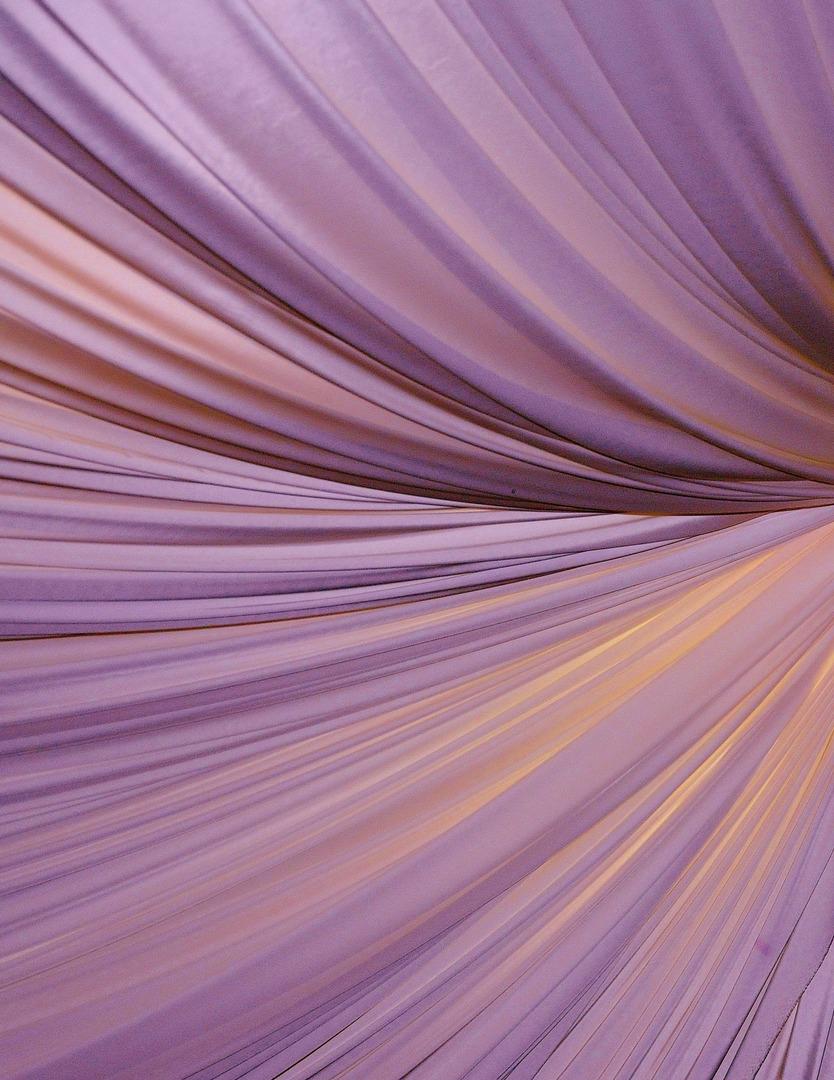
Dye or discolour: two simple ways to transform your old fabrics
They pile up in your cupboards and you never want to sew them?However, you liked these old fabrics at one point ... you even bought several meters.But you have never taken the time to work on them and now you are tired of them.Do not panic !In a little sleight of hand and some "magic" products, they will be unrecognizable, unique, you will like them again and you can make a lot of pretty confections with!And, good news!It also works with household linen or towels...
Act 1: We go to discoloration
To give a second life to a fabric by discolving it, there are several techniques.It is possible to have fun at will but, a piece of advice: first do a small test on a sample to get an idea of the final rendering.
First, bleach.To discolor any natural fiber, dip it, stirring in a plastic bowl of hot water and bleach (a coffee cup of bleach for 1 liter of water).Then rinse.
Oxygenated water or hydrogen peroxide also has a discoloration power but beware this product is flammable and explosive in the presence of certain substances...Do not risk making mixtures!Soak the fabric for 2 hours in a plastic bowl filled with hot water and oxygenated water (1 tea cup for a liter).Stir often so that discoloration is uniform (remember to wear plastic gloves!).Rub, rinse then wash.
Sodium percarbonate is also a whitening agent.It is found in drugstores or specialized store.Mixed with very hot water (at least 60 °) it will be even more efficient.Soak the fabric at least 1 hour in a bowl of hot water and 2 tablespoons of sodium percarbonate and rinse abundantly...

Act 2: We prefer to dye!
Note in the preamble that only natural fibers will react to the dye and that, therefore, all the tissues cannot dye: for fleece, microfiber, polyester or polyamide, you will get little or no result.
There are several ways to dye her fabrics.There are obviously industrial dyes that you will find in supermarkets in the drugstore department, or in a specialized store.But you can also dye with tea to give an aged appearance to your fabric.Or dye naturally with fruits and vegetables (beets, carrot, berries, etc.) to bring color.The dye will add up to the initial color of the fabric (a yellow fabric dyed with a blue dye will come out green!).If it has patterns, these can remain visible even after dyeing ... you can carry out a test on a small sample of fabric to have an idea of the final result.
First of all, wash your fabric to remove all the primers.Then weigh it (dry).The higher the weight of the fabric to dye, the more the color obtained will be clear.On the other hand, the more dyeing you, the more dark the color will be.
So, in a pot, pour 1l of hot water for 200g of fabric and dilute your dye.Add your fabric.The more the fabric is soaking in the dye bath, the more dark the color will be.Mix carefully and make sure that no part of the fabric stays outside the water.Hold the hot bath and mix for about 20 minutes.Incorporate 100gr of salt for 200 gr of fabric.Salt is color fixative.You can use coarse kitchen salt.If you dye wool or silk, you can replace salt with white vinegar (alcohol vinegar).Heat again by mixing from time to time for 20 minutes.Let cool and remove the bath from the bath.Rinse it several times.You can add white vinegar to strengthen color fixing.
For silk, the veil and other fragile fabrics, the dye is done cold: in a bowl, make your mixture of dye and water at room temperature.Add the salt.Soak at least 50 minutes.Rinse the fabric with cold water with an addition of white vinegar until the rinsing water is clear.
Read also :
⋙ Beginner seam, a video pompom cushion
⋙ Upcycling: all our decorative ideas
⋙ Sewing machine: the first steps







